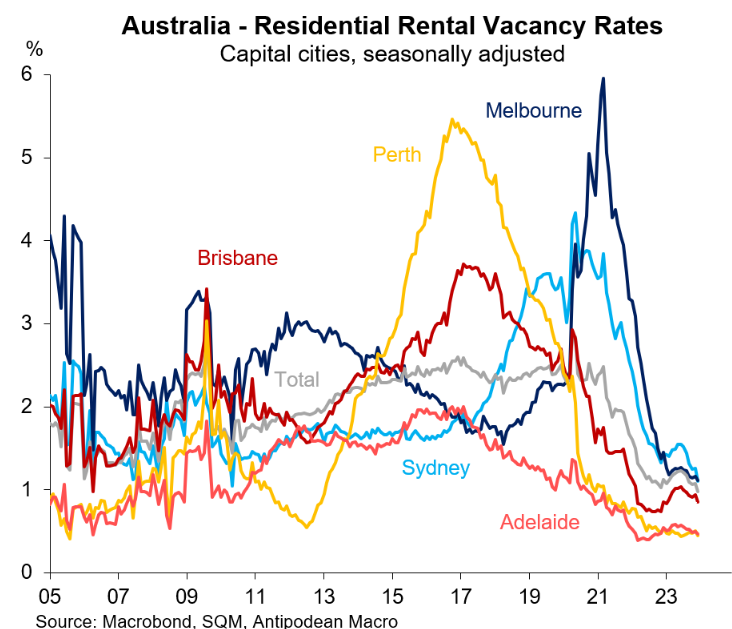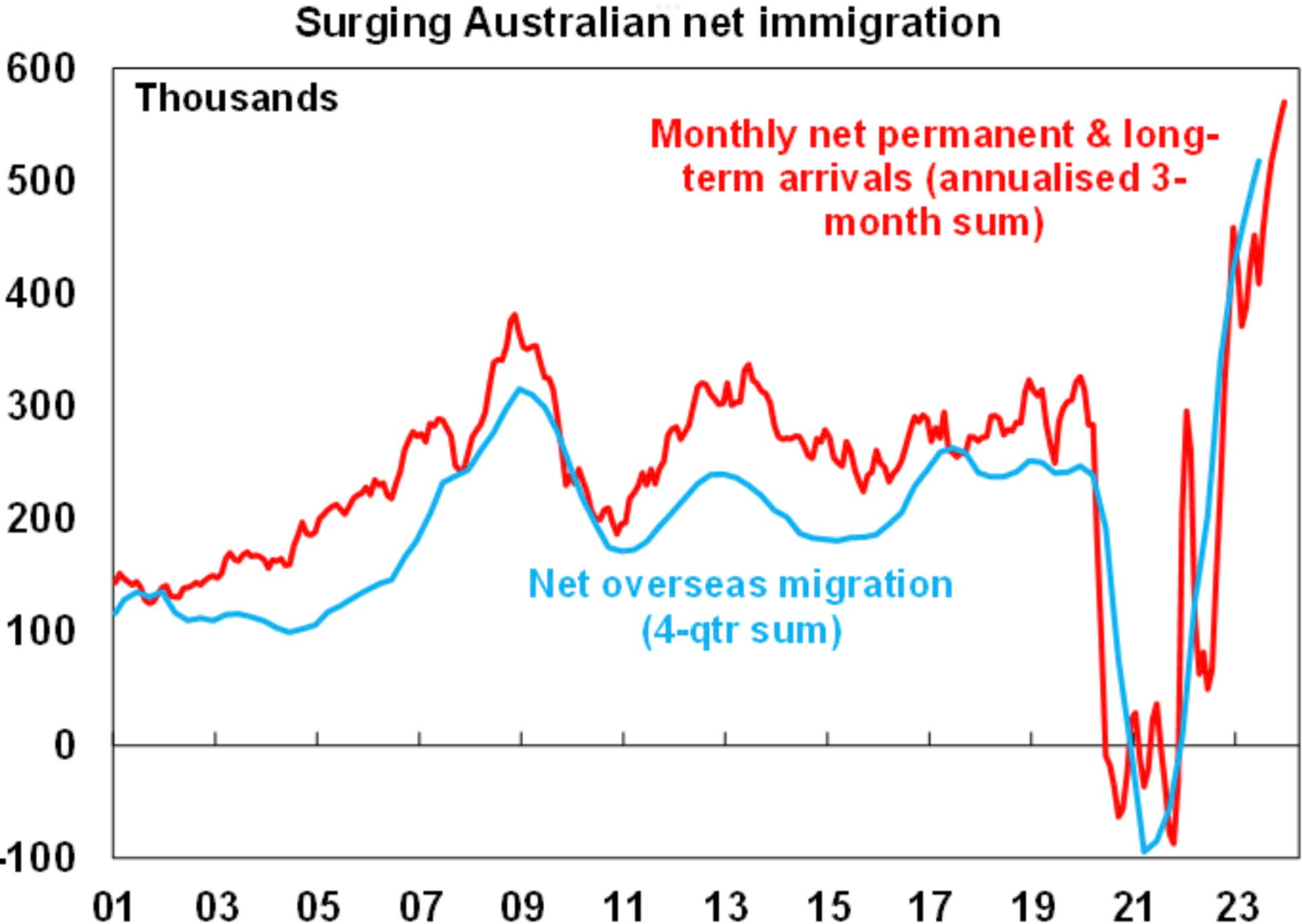SQM Research managing director, Louis Christopher, warns that rents will continue to rise strongly across Australia this year amid ongoing strong population growth and falling rental vacancies.
“We’re seeing renewed tightness in the rental market across the board after easing slightly in December last year, driven by students who are starting their new semesters and new graduates entering the workforce”, he said.
“Vacancies were already low to start with due to the ongoing rental shortage, so this renewed increase in demand can only push rents higher at a rapid pace, certainly over the first half of the year”.
“Rents are surging just about everywhere”, Christopher said.

CoreLogic research director Tim Lawless concurred, noting that the persistent imbalance between supply and demand would likely see above average rental growth this year; although deteriorating affordability will cap growth.
“The reality is, we’re not really seeing any underlying changes in the demand and supply imbalance, and we’re still seeing rents rising nearly 10 per cent per annum”, he said.
“But I just can’t see how renters can continue to withstand that from an affordability perspective. We need to remember that renters don’t have a great deal of elasticity in how much they can pay because they can’t access credit to pay more rent”.
Last week’s monthly arrivals and departures data from the Australian Bureau of Statistics (ABS) was disheartening for renters, with net long-term arrivals rising further in the final quarter of 2023.
This suggests that net overseas migration and population growth hit fresh highs in the second half of 2023, adding further demand to the rental market.

Source: Shane Oliver (AMP)
At the same time, all forward-looking indicators of dwelling construction—i.e., approvals, commencements, and completions—have collapsed to around decade lows:

This means that the demand and supply imbalance will continue to worsen, driving vacancy rates lower, pushing rents higher, and forcing more Australians to live in group housing or to become homeless.

